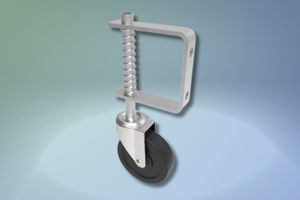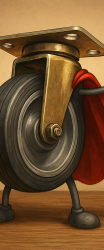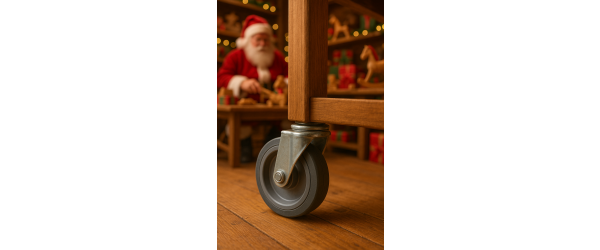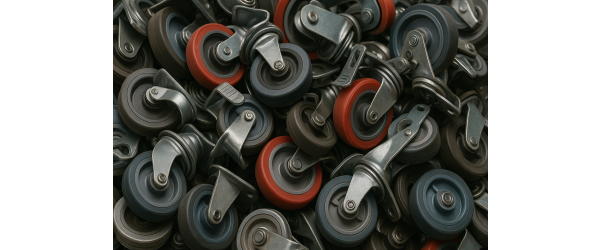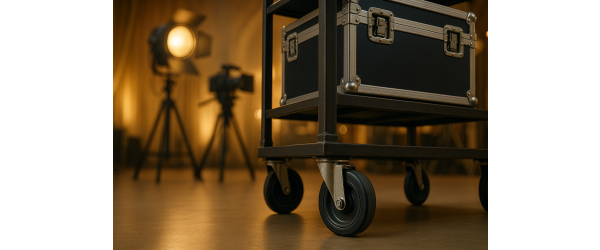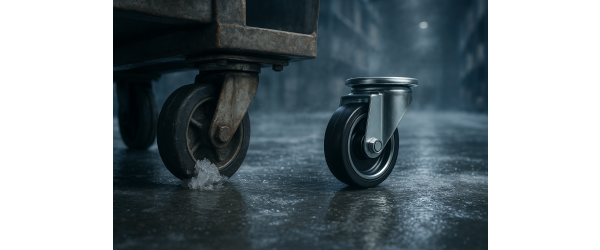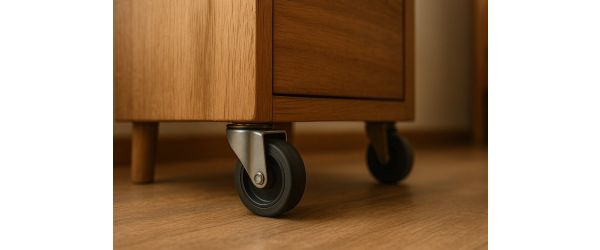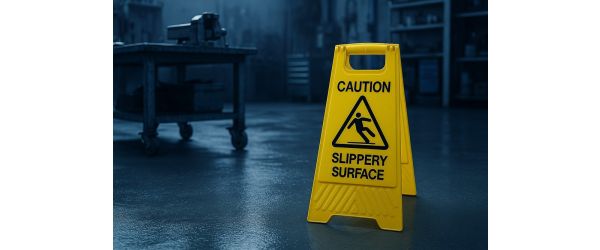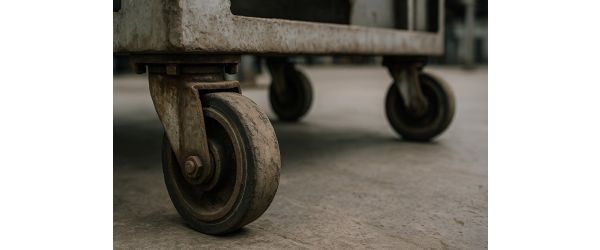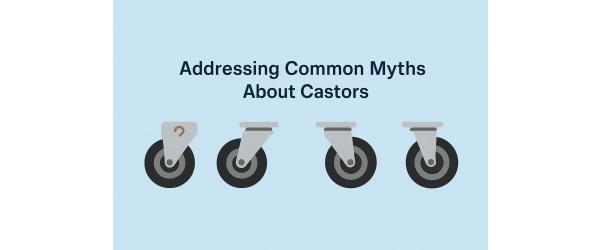Gate castors play a crucial role in the smooth operation of gates, ensuring easy opening and closing while providing stability and support. However, like any mechanical component, gate castors are subject to wear and tear over time. Knowing when it's time to replace your gate castors is essential for maintaining safety, functionality, and aesthetics.
In this comprehensive guide, we'll explore key indicators that signal the need for replacement and provide valuable insights to help you make informed decisions for your gate maintenance.
Signs of Wear and Damage
- Uneven Movement: If your gate no longer moves smoothly along its track or exhibits uneven rolling or wobbling, it could be a sign of worn-out or damaged castors. Uneven movement can compromise the stability and security of your gate, posing safety risks and potential hazards.
- Excessive Noise: Excessive squeaking, grinding, or rattling noises when opening or closing your gate may indicate worn bearings or other internal components. These noises are often a sign of increased friction and mechanical stress, signalling the need for inspection and potential replacement of gate castors.
- Visible Wear and Tear: Inspect the surface of your gate castors for visible signs of wear, such as flat spots, cracks, or deformities. These physical indicators suggest that the castors have reached the end of their lifespan and are no longer able to provide reliable support and performance.
- Corrosion and Rust: Exposure to moisture, humidity, and environmental elements can cause corrosion and rust on metal components of gate castors. Corrosion weakens the structural integrity of castors, leading to premature failure and compromised functionality.
Safety and Performance Considerations
- Gate Stability: Worn-out or damaged gate castors can compromise the stability and alignment of your gate, increasing the risk of sagging, misalignment, or collapse. Regular inspection and timely replacement of gate castors are essential for maintaining structural integrity and security.
- Smooth Operation: Smooth and effortless operation of gates is essential for user convenience and satisfaction. Gate castors that are worn or damaged may impede smooth movement, causing inconvenience and frustration for users. Replacement of worn castors ensures optimal performance and user experience.
- Aesthetic Appeal: Gate castors contribute to the overall aesthetic appeal of gates, enhancing their visual appearance and curb appeal. Worn-out or damaged castors detract from the aesthetics of gates, giving them a neglected or unkempt appearance. Replacement of gate castors rejuvenates the appearance of gates, enhancing their attractiveness and value.
Conclusion
Knowing when to replace your gate castors is essential for maintaining safety, functionality, and aesthetics. By recognising the signs of wear and damage, prioritising safety and performance considerations, and taking proactive measures to replace worn-out castors, you can ensure the continued reliability and durability of your gates. For a wide selection of high-quality gate castors and accessories, visit Castors-Online.co.uk and explore our range of products designed to meet your needs.
